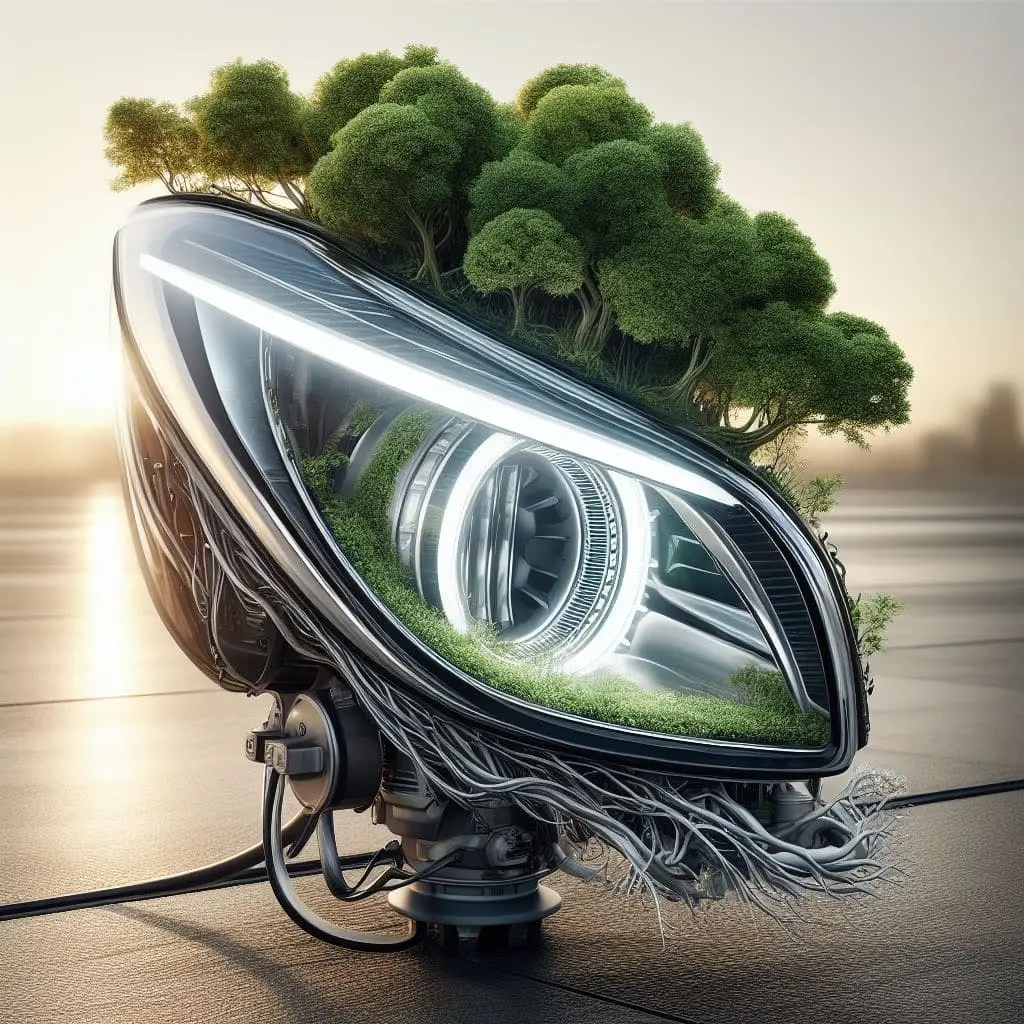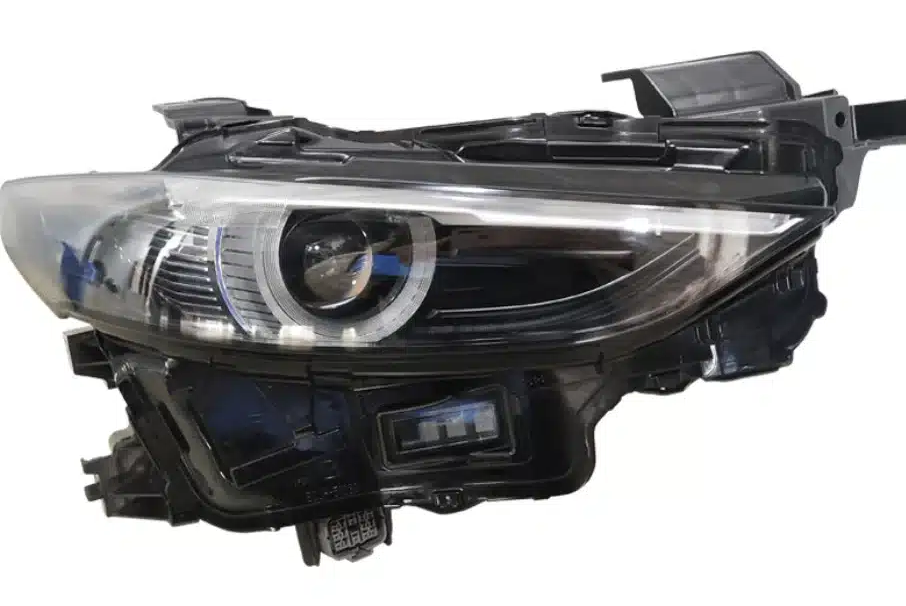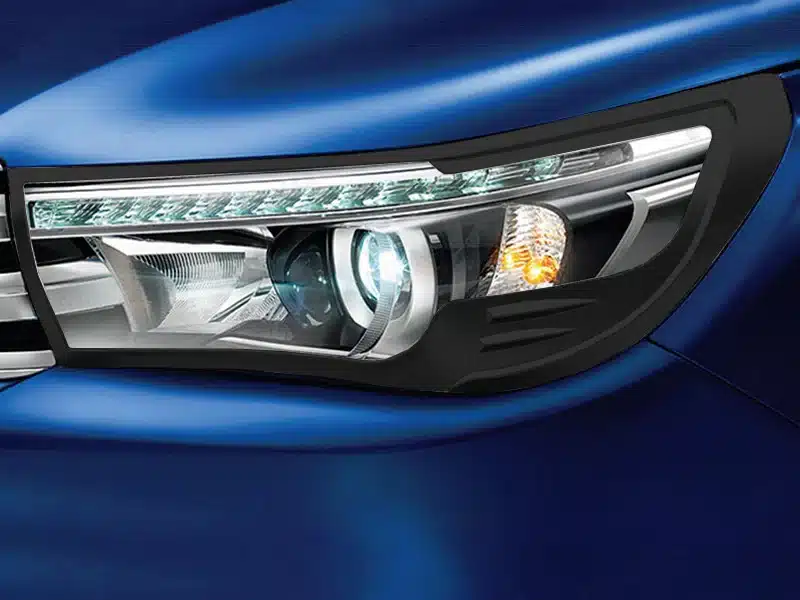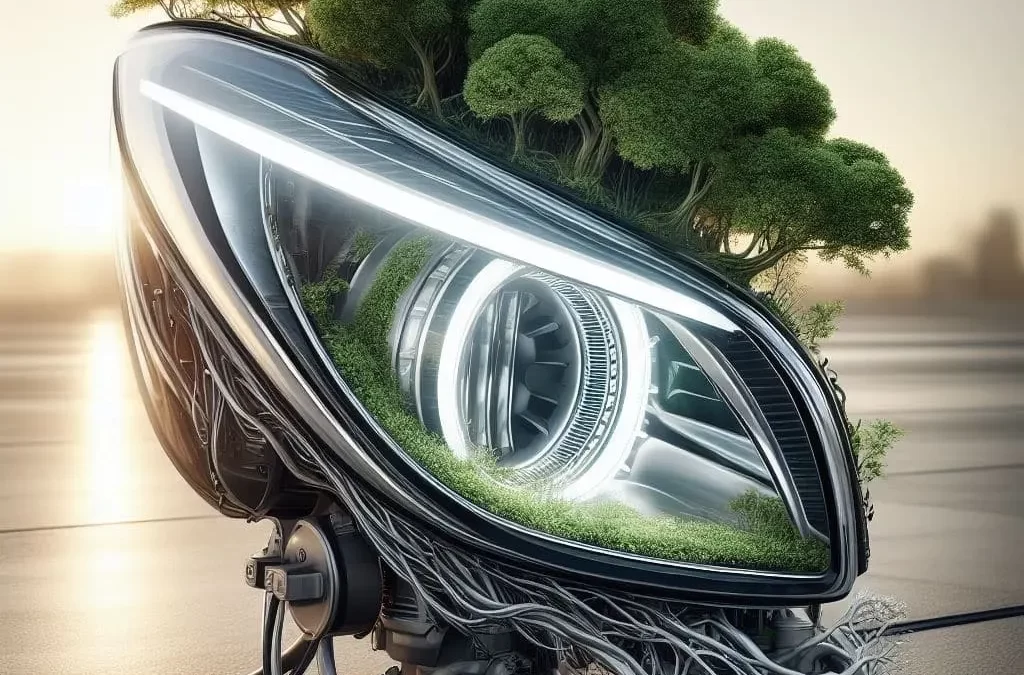Why a circular economy for headlights is so important
With approximately one million new vehicles and two million used cars sold each year in Australia each year, a concerning portion of the headlights from vehicles that are retired end up in landfill
Modern headlights are composed of a sealed unit of mixed plastics including polycarbonate, polypropylene, LED’s and/or Acrylonitrile butadiene styrene (ABS) This combination of plastics does not get separated at recycling centres. Even industry professionals find it difficult to dismantle and separate each different type of plastic to be suitable for recycling and the technology is rapidly becoming more complex. In some cases, the headlights are manufactured with a type of plastic welding referred as permasealed in a way that is extremely difficult to dismantled without irreparable damage.

Why restoring headlights the correct way is important for the environment
The environmental impact of headlights extends beyond their mere presence in landfills. Plastic pollution poses a significant threat to terrestrial and aquatic ecosystems. When plastics degrade, they release microplastic particles that infiltrate soil and waterways, endangering wildlife and contaminating the food chains that we all consume and ingest.
Unfortunately, as we edge forward towards a planned obsolescence future a vehicle at retirement age is currently 10.2 years, and the headlights are usually sun damaged and not able to be resold in the circular economy at the wreckers due to long term UV exposure which can begin to occur after 3-5 years.
When a vehicle is in an accident, the front of the vehicle is usually the point of impact rendering the headlights inoperable and again ending up at a refuse centre, unable to be separated into different plastic bins.

The reason why we should increase end-of-life for headlights
With 21.2 million vehicles registered in Australia in 2023, (source Drive Magazine) and over 1 million vehicles sold per year, the total number of vehicles registered does not increase that drastically every year, meaning vehicles are being discarded at a fast rate as well.
A complete modern headlight on average weighs 4-5 kilograms with all plastics together. With 400,000 cars deregistered per year that equates to on 3.6 million tonnes of headlight plastics potentially ending up in landfill in Australia every year! This is obviously a high exagerated number of vehicles ending up in landfill, a more realistic number could be half of that being 200,000 vehicles retired which equates to 1.8 million tonnes per year of headlights alone ending up discarded of.
The figures above highlight why it is so important to look after your headlights. Not only for the safety of your driving experience, but for resale for parts at the end of life when your vehicle is retired.
This will reduce landfill and create a Circular Economy around headlights where it is mostly overlooked and will help to reduce, as mentioned above, a potential 3.6 million tons of plastic landfill.
Furthermore, each make and model of headlight is only manufactured at a limited number, and after 10 years completely stop manufacturing each model. This means headlights can become scarce when a replacement is needed which drives up the price because of supply and demand.
It is becoming more common nowadays to ‘write off’ a complete vehicle due to a headlight not being available for replacement. With modern headlights equating to 10% of the cost of a new vehicle, we see this more often as the years go by. This means a complete vehicle is retired to the wrecking yard, parts are then sold off with many parts unsold and again eventually ending up in landfill.
How can you help with this overlooked issue? For a start, when the factory UV coating starts to deteriorate, have them restored before the polycarbonate starts to break down and develop tiny cracks on the lens known as crazing. Another common issue is when the factory UV coating has been removed by buffing and sanding or general degradation from UV rays, the lens discolours through the complete thickness of the lens and cannot be restore back to original clarity deeming the vehicle unroadworthy.

Why it is important to restore headlights the right way
-So, in short, headlights should be restored the correct method and follow factory standards with a sprayed on UV protective clear hard coat. This not only helps with visibility and safety, but prevents headlights from discolouring through the thickness of the lens and preventing the lens from developing little cracks or crazing to the lens extending end-of-life allowing the headlight to be restored many times over back to as new condition.
In turn, this will help reduce plastic landfill to keeping headlights in circulation for many years longer reducing costs for future generations.
Call Headlight Restore with any headlight issue to help towards a more sustainable future.

